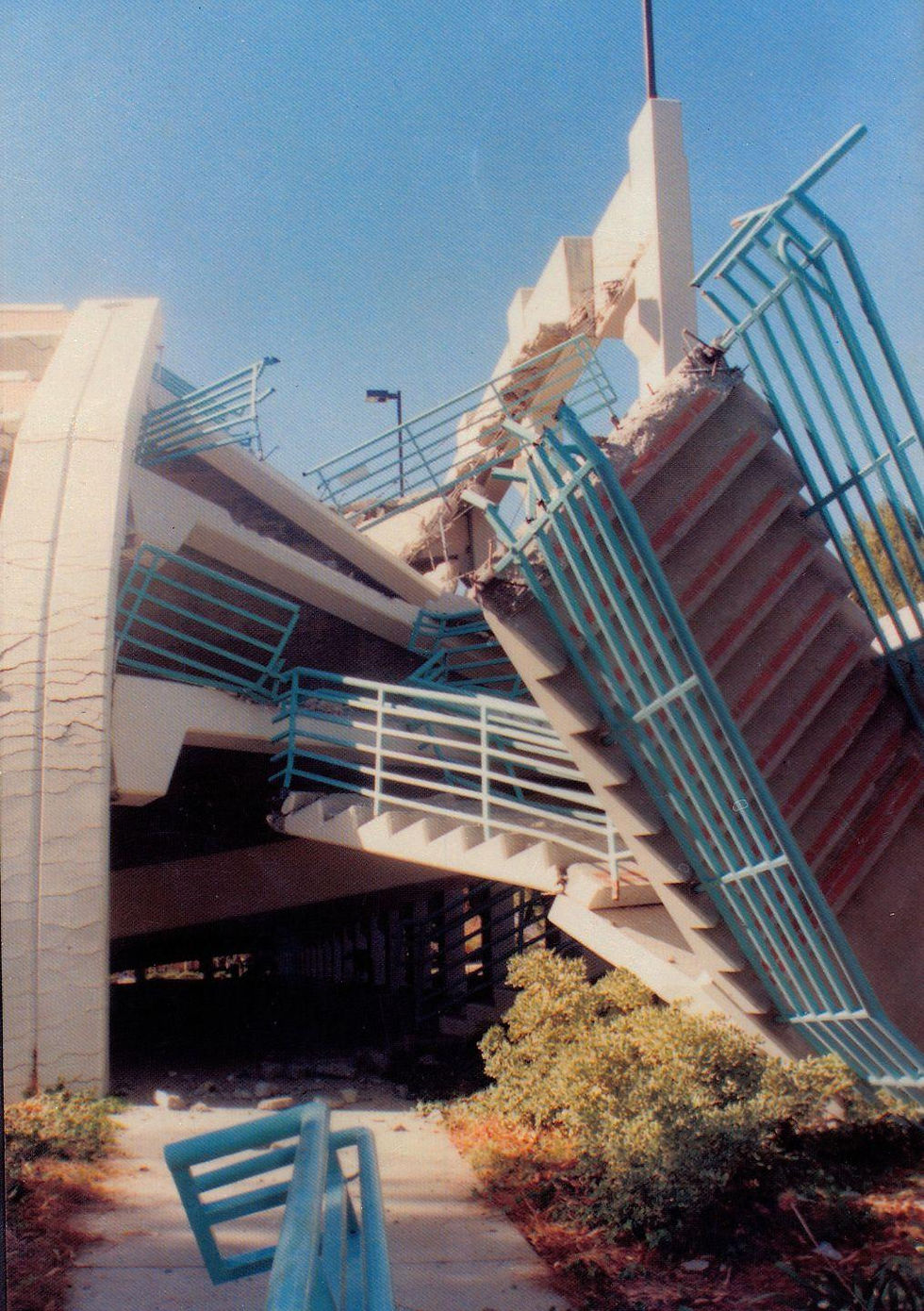1994 LA Earthquake
- Cheryl Anne Stapp

- Jan 17, 2024
- 3 min read

It remains one of the lesser-known neighborhoods in the huge San Fernando Valley— a sprawling vale that contains both city and county sections of greater Los Angeles within it—but this little six square mile area was the source of a devastating cataclysm in 1994. Because the quake was initially believed to be centered in the community of Northridge it is called the Northridge Earthquake; yet within several days the actual epicenter was determined to be in nearby Reseda.
In fact, the exact epicenter was pinpointed just west of Reseda Boulevard, between Arminta and Ingomar Streets.
The earthquake occurred on January 17, 1994, at 4:30 a.m. Pacific Standard Time. The howl of it—a raging hurricane or a hellish, out-of-control locomotive—shook residents awake, who helplessly watched as their solid bedroom walls writhed and twisted. Furniture toppled, wall-mounted cabinets sagged, glass shattered, sliding patio doors escaped their moorings, and countless automobiles were crushed beneath collapsed parking structures. It lasted some 10-20 seconds, at magnitude 6.7, with a peak ground acceleration the highest ever instrumentally recorded in a North American urban area. Shaking was felt as far away as Phoenix. Arizona, and Ensenada, Mexico. Two magnitude 6.0 aftershocks followed: the first about one minute later and the second approximately eleven hours later, the strongest of several thousand aftershocks in all.
It was much worse than the 1933 Long Beach or the 1971 San Fernando (Sylmar) earthquakes had been.
The official death toll was 57, with more than 9,000 injured; sixteen people alone were killed as a result of the collapse of the Northridge Meadows apartment complex. Gas and water lines were severed. Shopping malls, hospitals, airports and schools were closed due to structural damage, and freeways, most notably the Santa Monica Freeway (Interstate 10) which served millions of commuters daily as the busiest freeway in the nation, took three months to repair. Property damage was estimated to be between $24-$30 billion (in 2021 dollars), making it among the costliest natural disasters in US history. Damages weren’t confined to the Valley, either. Homes and business in Santa Monica, Glendale, Hollywood, and other LA-region communities were also affected, as was Anaheim Stadium some 50 miles away in Orange County.
Before the catastrophe, Reseda was just another quiet settlement, founded in 1912 on land that had once belonged to Mission San Fernando. Its name then was Marian, after the wife of Harry Chandler, a real estate investor active in developing the Valley. There were no sidewalks or pavement yet when a central business district began in 1915, with a hardware store, a blacksmith shop and an auto repair garage, soon followed by a grocery store and a drug store.
Then in 1921, when Marian made application for a post office, the town's name had to be changed to avoid mail distribution confusion. Ninety-two residents convened and agreed to rename their town Reseda, after the fragrant plant Reseda odorata, commonly found in gardens of the time. During the 1920s and 30s the area produced lettuce, lima beans, sugar beets, and walnuts. By the late 1930s, other viable businesses emerged in the manufacture of roof tile, canning poultry, and processing walnuts.
Reseda grew slowly, with the stock market crash of 1929 and subsequent Great Depression slowing expansion, but eventually farmlands were replaced with housing developments. Many film industry workers resided there, an affordable place to live while commuting to the major studios in Hollywood and elsewhere in the LA basin, on the other side of the Santa Monica Mountains.
Last but not to be overlooked, decades later the 1994 earthquake disrupted the production of movies and television, just as it had transportation and all other industries. That morning, the Warner Bros. film Murder in the First was being filmed just four miles away from the epicenter when production came to a halt with the main sets in shambles. Two frightened actors in Star Trek: Deep Space Nine fled the Paramount Pictures lot in full space-alien makeup, ABC’s General Hospital set at ABC Television Center suffered partial structural collapse, and damages to the set delayed the start of shooting Seinfeld’s season five episodes.



Comments